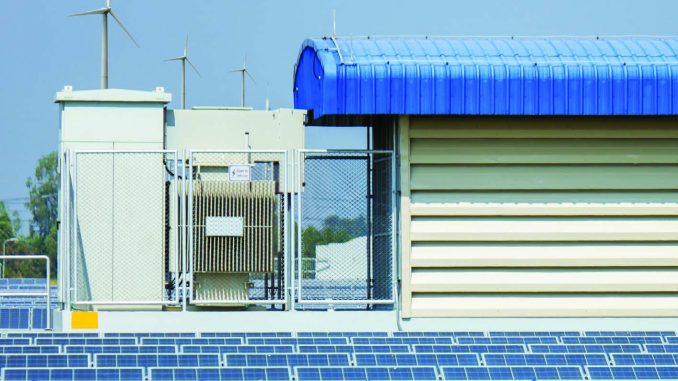
Open access, which allows end-users to buy power directly from power plants of choice via bilateral deals or spot market purchases on the exchanges, has not thrived as envisaged by policymakers. The primary reason for this has been the resistance by discoms, which are reluctant to lose their high-paying consumers.
The Electricity Act, 2003 allows non-discriminatory use of transmission and distribution infrastructure of the licensees by open access consumers for procuring electricity from the source of their choice. However, various restrictions have been imposed by discoms on such purchases, inflating the cost of electricity procured through this route.
The trend is, however, beginning to change with open access transactions gradually picking up, helped by the renewable energy policies of several states such as Karnataka, Uttar Pradesh and Haryana. Many states have removed extra costs (surcharges) imposed on such transactions if power is procured from solar and wind plants.
A number of renewable energy-based open access models are emerging. Notable among these is the Rewa project in Madhya Pradesh, which looked beyond discoms to institutional consumers such as DMRC to buy solar power. Indian Railways’ open access-led strategy is another example of how this approach can help achieve better cost economics and higher savings in energy bills.
Meanwhile, apart from discoms, a growing number of industrial consumers are participating in the power exchanges owing to competitive prices. In 2018-19, over 4,950 open access consumers procured power through the two exchanges as compared to around 4,807 consumers in 2017-18. Open access transactions accounted for 22 per cent of the total volumes traded on the IEX and 24 per cent on PXIL. The numbers are projected to increase further in 2019-20.
That said, the process to procure power through open access remains fraught with challenges posed by the state utilities. More progressive steps are needed at the state level for facilitating open access in order to help industries become more competitive.
